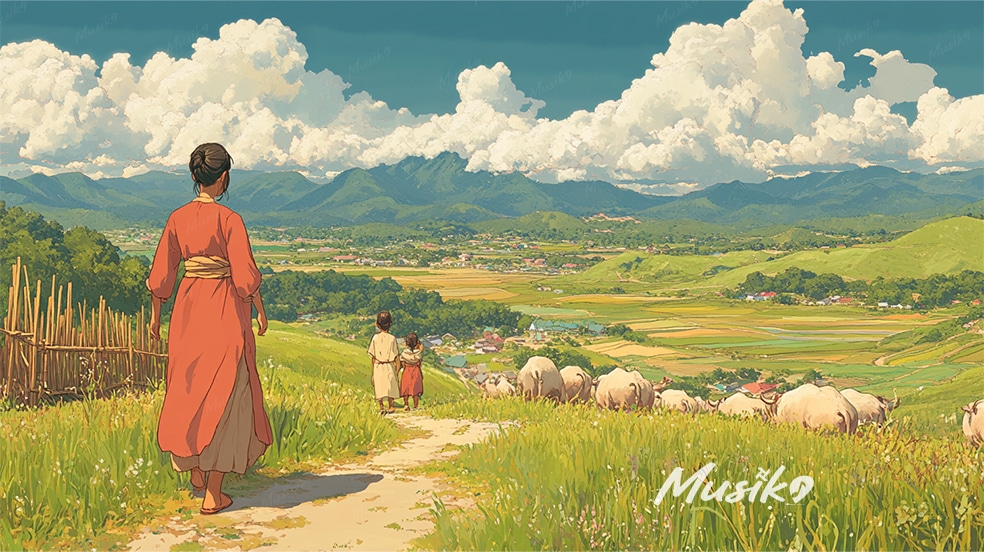🌄 Discover Talaingod, Davao del Norte
Nestled deep in the highlands of Davao del Norte, Talaingod is a culturally rich and naturally stunning municipality that offers an unforgettable experience off the beaten path. Known as the homeland of the Ata-Manobo tribe, Talaingod is a peaceful sanctuary of towering mountains, lush forests, and age-old traditions that remain untouched by urban sprawl.
🏞️ Scenic Landmarks and Tourist Attractions
Talaingod is a dream for eco-tourism and adventure seekers.
The River of Talaingod, with its cool, clear waters, is ideal for a serene swim or a refreshing picnic with locals.
Panaka Falls is a hidden gem surrounded by thick jungle, perfect for nature lovers and waterfall chasers.
Mt. Piapayungan Range, which stretches into the region, offers jaw-dropping views and hiking routes that are as challenging as they are rewarding.
🎭 Culture and Indigenous Heritage
Talaingod is the cultural heartland of the Ata-Manobo people, one of the few indigenous groups in the Philippines who have preserved their traditions despite modernization. Visitors can witness authentic weaving, dances, and rituals that tell ancient stories passed down for generations. Their way of life is built around respect for nature, family ties, and spiritual beliefs.
🗣️ Language and Local Identity
While Cebuano and Filipino are commonly understood, the Ata-Manobo language thrives in the upland communities. It’s a melodic language that’s part of the region’s identity, spoken with pride by elders and taught to the young.
🍲 Food Adventure in the Highlands
Indigenous delicacies like binaki (sweet corn cake) and nilutlot na saging (banana cooked in bamboo) give you a taste of Talaingod’s rustic flavors. Meat is often smoked or grilled over open fire, paired with root crops or mountain rice. When invited by a local family, expect an authentic tribal feast filled with storytelling and laughter.
🎉 Festivals and Celebrations
The Kahimunan Festival is the cultural highlight of Talaingod, celebrated with traditional dances, tribal games, music, and rituals. This vibrant event honors the Ata-Manobo ancestry and showcases their spiritual connection to the land. Expect colorful tribal wear, rhythmic gongs, and chants that echo through the mountains.
🎶 Traditional Music and Rhythms
Ata-Manobo music features agung (gongs), kubing (jaw harps), and chants used in both rituals and storytelling. These ancestral sounds are still heard during ceremonies and festivals, offering a hypnotic, almost meditative experience for the listener.
🌟 What Talaingod is Known For
- Rich indigenous culture and rituals
- Eco-tourism spots like Panaka Falls and forest reserves
- The home of the Ata-Manobo tribe
- A peaceful, untouched environment
- Sustainable tribal tourism with deep respect for traditions







